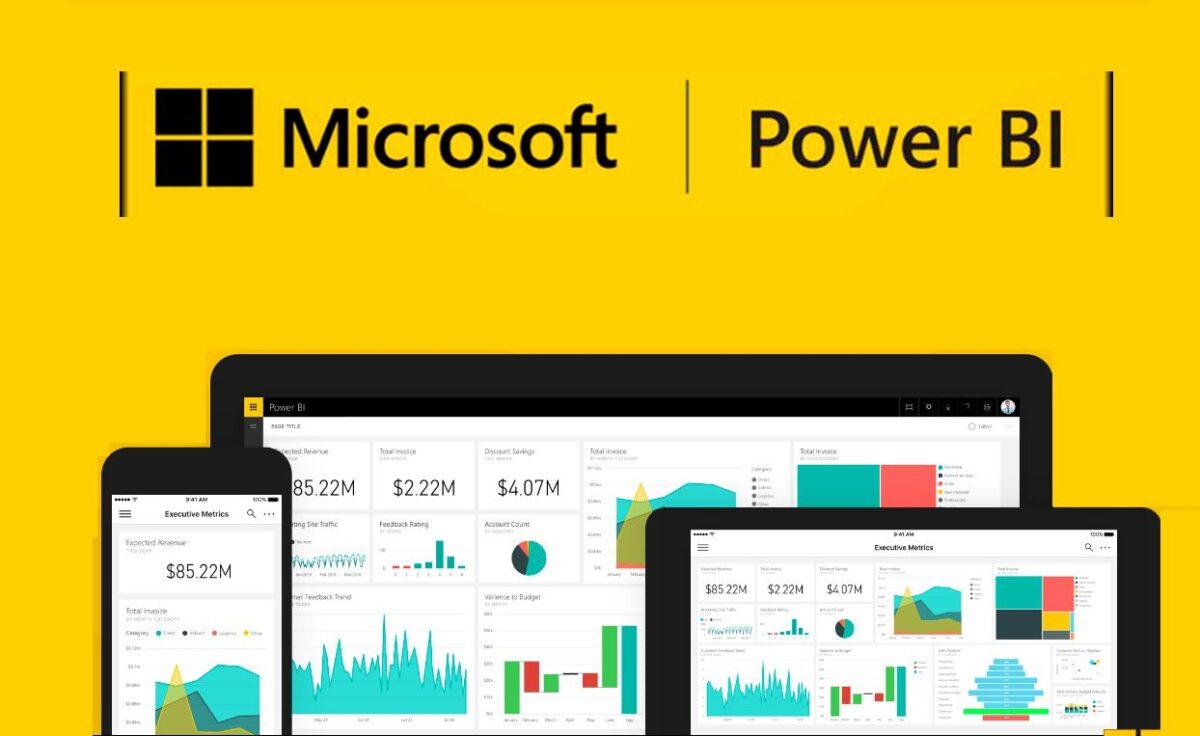Tenant-to-tenant migration is often required as part of mergers and acquisitions (M&A) or divestiture transactions, or for the consolidation of multiple tenants. Although migrating some Microsoft 365 workloads, such as Exchange, is quite simple, Power BI migration is extremely complex—and there are no first-party or third-party tools to help with planning and execution.
What is Power BI?
Power BI is an interactive data visualization solution that turns data into holistic business intelligence. Power BI makes it easy for teams to connect to disparate data sources, find and visualize what matters, and share it with anyone. The information and analytics provided by Power BI are often business-critical.
Power BI components include:
Workspace - Container for dashboards, reports, workbooks, datasets and data streams.
Report — a collection of charts, maps, and other visualizations, all taken from the same data set.
Toolbar - a canvas containing tiles and widgets.
Source data - any of the many data repositories , which the Power BI service can connect to.
Gateway — a bridge to ensure fast and secure transfer of local data.
Data set - The data set you are importing or connecting to.
Flow Data - Data is prepared and prepared for use by datasets.
Sensitivity Labels - Labels from Microsoft Purview Information Protection (formerly Microsoft Information Protection), which flag sensitive content.
Why is migrating Power BI between tenants challenging?
As you can see, Power BI is not just a set of static reports; it relies on data generated in external systems and imported through connectors and gateways. It is not possible to simply move a report and all associated components from one tenant to another in one action.
Indeed, there are difficulties in transferring all the components listed above. Here are some of the major Power BI migration challenges:
Datasets
Sensitivity labels apply encryption to Power BI datasets and exported report content, so they can make it difficult to migrate your dataset.
Data Streams
Data streams must be recorded and recreated in the target tenant.
Data Sources and Gateways
Data residing in the source tenant may need to be migrated to the target tenant and its location updated. For on-premises data sources, a new gateway must be configured in the target tenant. And if the gateway was created by the user, the migration team should help the user migrate it to the new tenant.
Reports
Power BI reports can typically be exported to .pibx files, which can then be imported into the target client. But permission updates are required to ensure continued access to reports. Getting an accurate mapping can be challenging because Power BI has multiple levels of permissions, from the workspace level to datasets, and can even use row-level data protection.

Conclusion
Power BI is a business-critical workload, so moving it accurately and securely is vital to successful migration between tenants. There are no first-party or third-party tools to help you perform Power BI migration , but help from specialists Fanetech can guide your project and help you achieve your goals.

